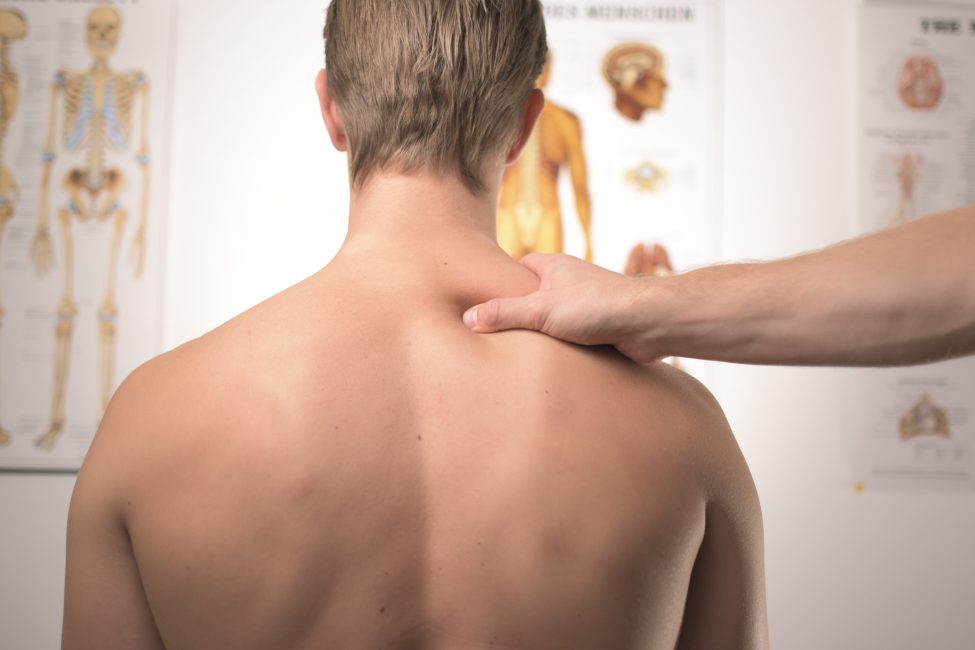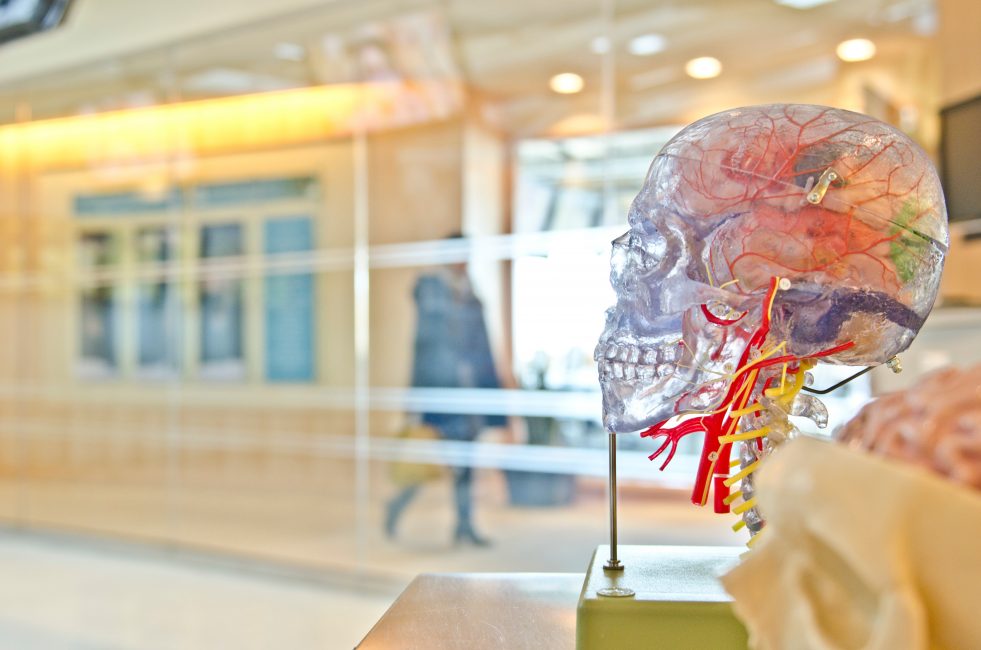
Which Types of Injuries Require Physical Therapy?
The Scope of Physical Therapy
Physical therapy covers just about everything when it comes to recovery. Although, it may seem to be associated exclusively to sports and orthopedic injuries, there is a larger scope that this type of therapy reaches. For example, physical therapy can help patients dealing with brain disorders and diseases such as Alzheimer’s and Parkinson’s. In another dimension, physical therapy can also aid in rehabilitating those who are struggling with a deadly cardiovascular condition. From a simple problem such as a sprained ankle to the complex issues stated above, physical therapy can be the answer to any rehabilitation process within the body.
Below are the types of injuries that require physical therapy:
Sport Injuries
Most people have heard of an athlete who tore their ACL, broke a bone, pulled a hamstring, sprained an ankle, etc. These prevalent injuries are sure to require some form of physical therapy for a full recovery. According to the NCAA, “The overall injury rate in NCAA football is 8.1 injuries per 1,000 athlete exposures (games and practices combined).” This is in just football alone!
Although sports injuries often occur during the game or in practice, many injuries can occur in the everyday jog, sprint, or workout. Fox New reported the “Top 10 Sports Injuries” prevalent in the world. Here are the top five:
- Runner’s Knee: Experts say that this injury occurs when an individual runs for long periods of time, improperly. The impact between “tight” joints, muscles and ligaments in the leg to a hard surface can especially harm the knees and ankles overtime. Johns Hopkins Medicine illustrated the symptoms of this injury as “pain in and around the kneecap that happens when you are active…” and “rubbing, grinding, or clicking sound of the kneecap that you hear when you bend and straighten your knee…”
- “Shoulder Injury”: Performing regular intense motions during a particular sport can increase the risk of a shoulder injury. These motions could include throwing a football or baseball, for example. Dr. David Geier, sports medicine specialist, posted that “shoulder injuries represented 27.8% of all disabled days in professional baseball players. Pitchers experienced a 34% higher incidence injury rate compared with fielders in Major League Baseball.” Symptoms of a shoulder injury can include “stiffness” and pain when putting it in motion to perform a normal task.
- Sprained Ankle: It doesn’t take much to sprain an ankle. This can occur in professional sports, but it can also happen within the everyday activities. For example, walking down the stairs in an awkward way, or tripping over something can cause a sprained ankle. Sometimes a sprain is minor enough that it will heal over a period of a week or so, while more serious instances of a sprain require ice and therapy to strengthen it once again. Symptoms of a sprain can range from “tenderness” to severe bruising and “restricted range of motion.”
- “Tennis or Golf Elbow”: Statistics imply that “1% to 3% of the population” are affected in some way by this injury. Surprisingly, tennis and golf are not exclusive in causing this injury. The Cleveland Clinic reported that working in the garden or outside, and “vacuuming” and “sweeping” inside the house can cause tennis elbow. Symptoms include a development of pain when moving other parts of the arm when carrying out regular exercises and tasks.
- Pulled Muscle: This injury is highly common in sports, but like a sprained ankle and other injuries, it can occur in the everyday tasks. When muscles are stiff and tight during movement, especially intense movement, it is easier for them to tear. Symptoms of this injury include pain, “soreness”, cramping, and “limited range of movement.”
Cognitive Injuries

STATISTICS SHOW THAT “1.5 MILLION AMERICANS SUFFER FROM TRAUMATIC BRAIN INJURIES.”
Whether it is because of a sport or a malfunction within the body, physical therapy can be the path to recovery and a bright future. Injury in the brain is a perfect example of another dimension of reach in this form of therapy.
How can physical therapy help injuries in the brain?
Movement in the body is highly influenced by signals from the brain. A parent teaching a child to eat with a fork and a spoon is a perfect example of helping to train the brain in a certain function. When a patient is hit with a stroke or a disease that negatively influences brain behavior, physical therapists help retrain the brain through physical movement.
What brain injuries require physical therapy?
Parkinson’s disease, cerebral palsy, strokes, and concussions can all be aided by physical therapy. Some of these injuries are also affected by other systems in the body such as the circulatory system. Physical therapists can also help facilitate movement in a way addresses the issues in both systems, while preventing future injury.
Immune Injuries
Physical therapy can reach an attacked immune system.
According to the AARDA (American Autoimmune Related Diseases Association), “Approximately 50 million Americans, 20 percent of the population or one in five people, suffer from autoimmune diseases.” As explained in the previous section, many times body systems play dual roles in affecting an individual’s health. Therefore, orthopedic and neurological injury can be an illustration of an autoimmune injury. For example, the autoimmune disease Lupus causes pain and tenderness in the joints. While an individual could assume that the weakness of their joints was caused by certain movements completed in an intense activity, it could be a symptom of another cause.
What would physical therapists do to help these injuries?
In the case of an autoimmune injury, physical therapists would create a diet plan and incorporate pool exercises that would give the least strain on the joints. Diet and exercise is crucial in recovering from most injuries, especially from immune injuries.
Training particular movements in water have also been applied to orthopedic and cardiovascular injuries. Experts have found a positive impact of “aqua therapy” on patients dealing with an autoimmune disease or other injury:
For many years, warm water pool therapy has been a staple of rehabilitation medicine because of its numerous health benefits…The use of…hydrotherapy historically has been a popular treatment for many conditions and has been used in many cultures and civilizations… today the modern forms of hydrotherapy include…aqua therapy for rehabilitative purposes. The latter application gained momentum from its predecessor, hydro-gymnastics, which became important for the treatment of post-polio patients.
Physical therapists can do a lot when it comes to helping patients with this type of injury. Although some autoimmune diseases cannot be merely solved, proper diet and training can help a patient cope with their situation in a way where they can live their lives more fully.
The information provided is for general interest only and should not be misconstrued as a diagnosis, prognosis or treatment recommendation. This information does not in any way constitute the practice of medicine, or any other health care profession. Readers are directed to consult their health care provider regarding their specific health situation. Marque Medical is not liable for any action taken by a reader based upon this information.
